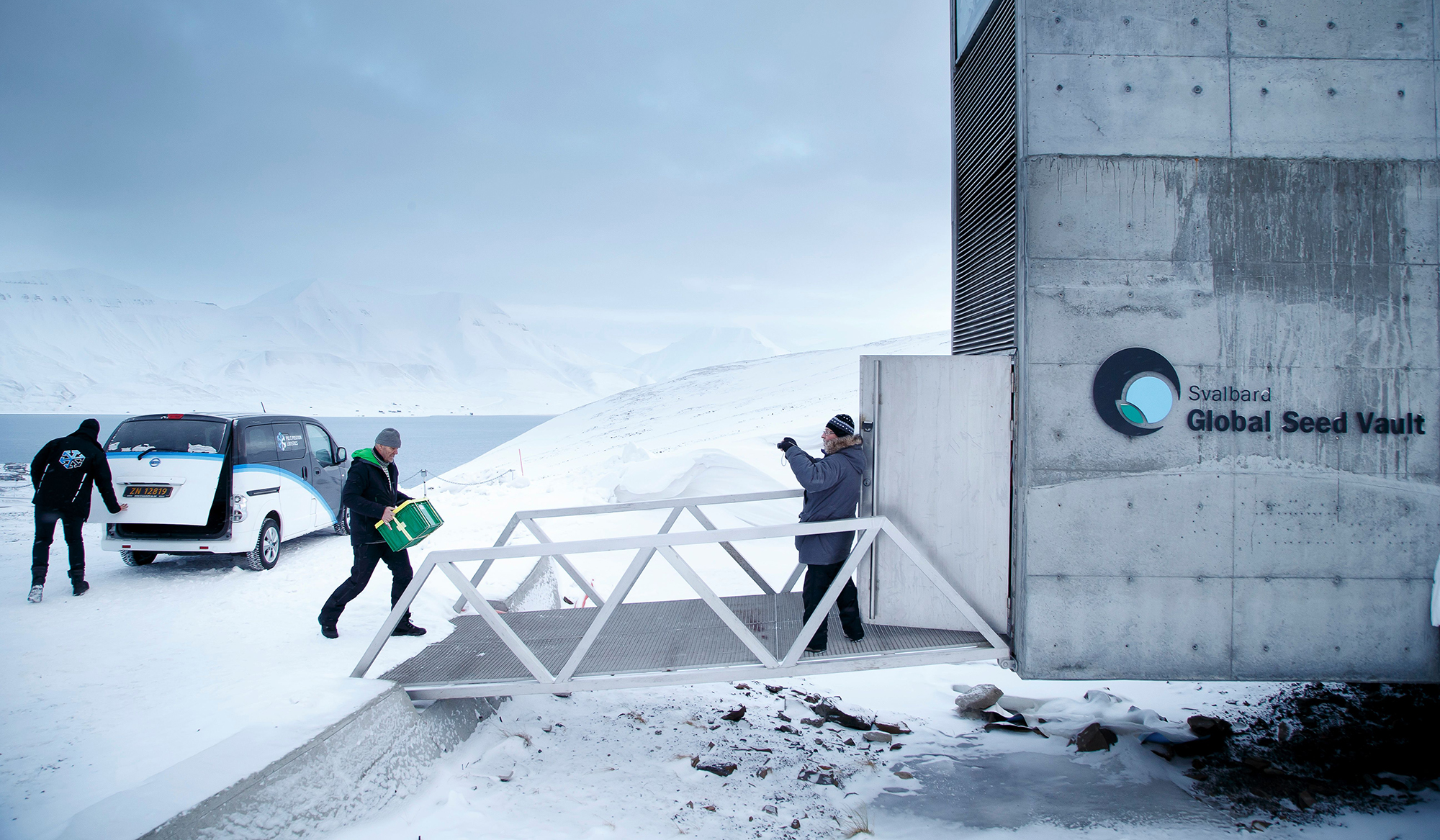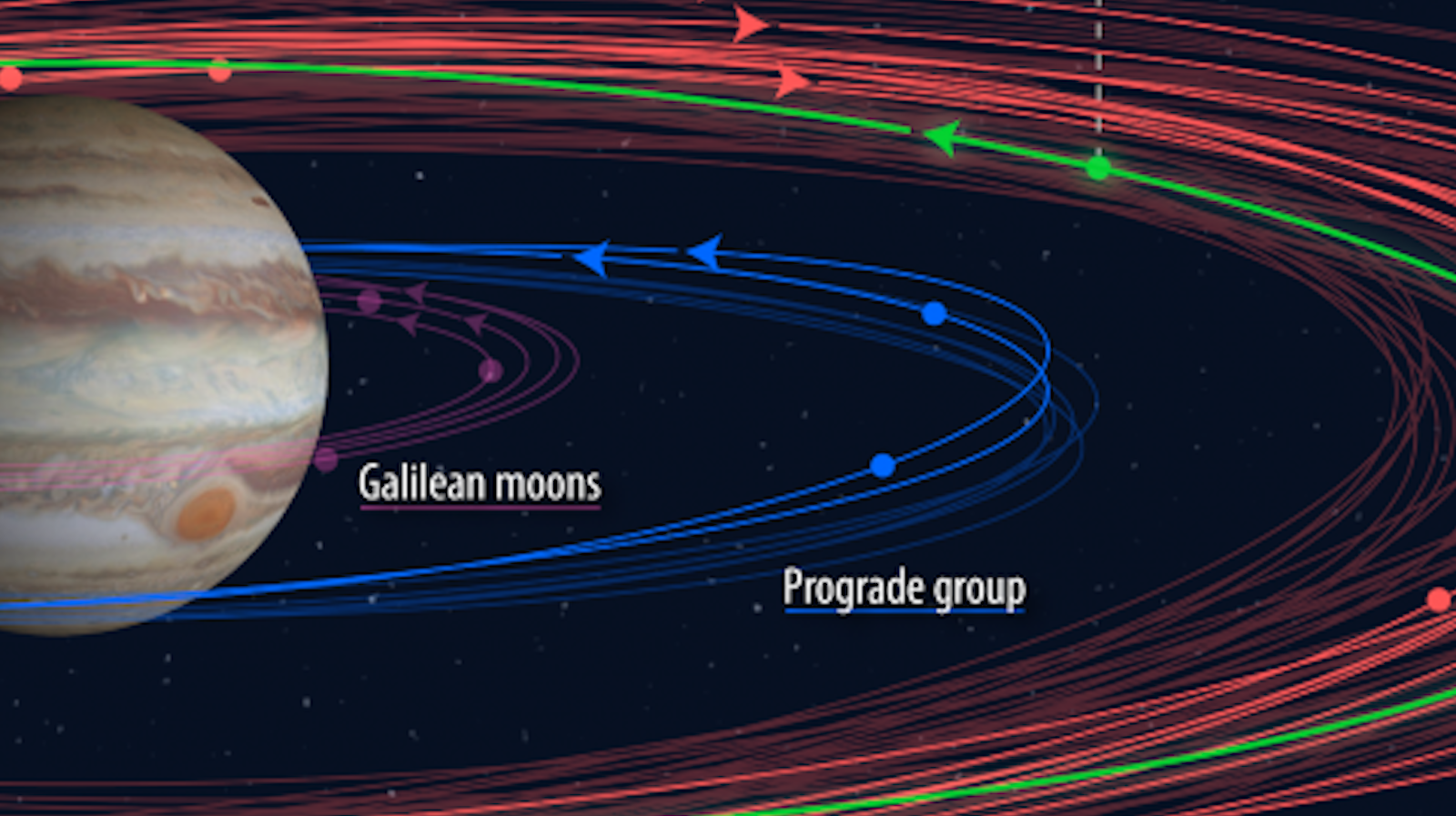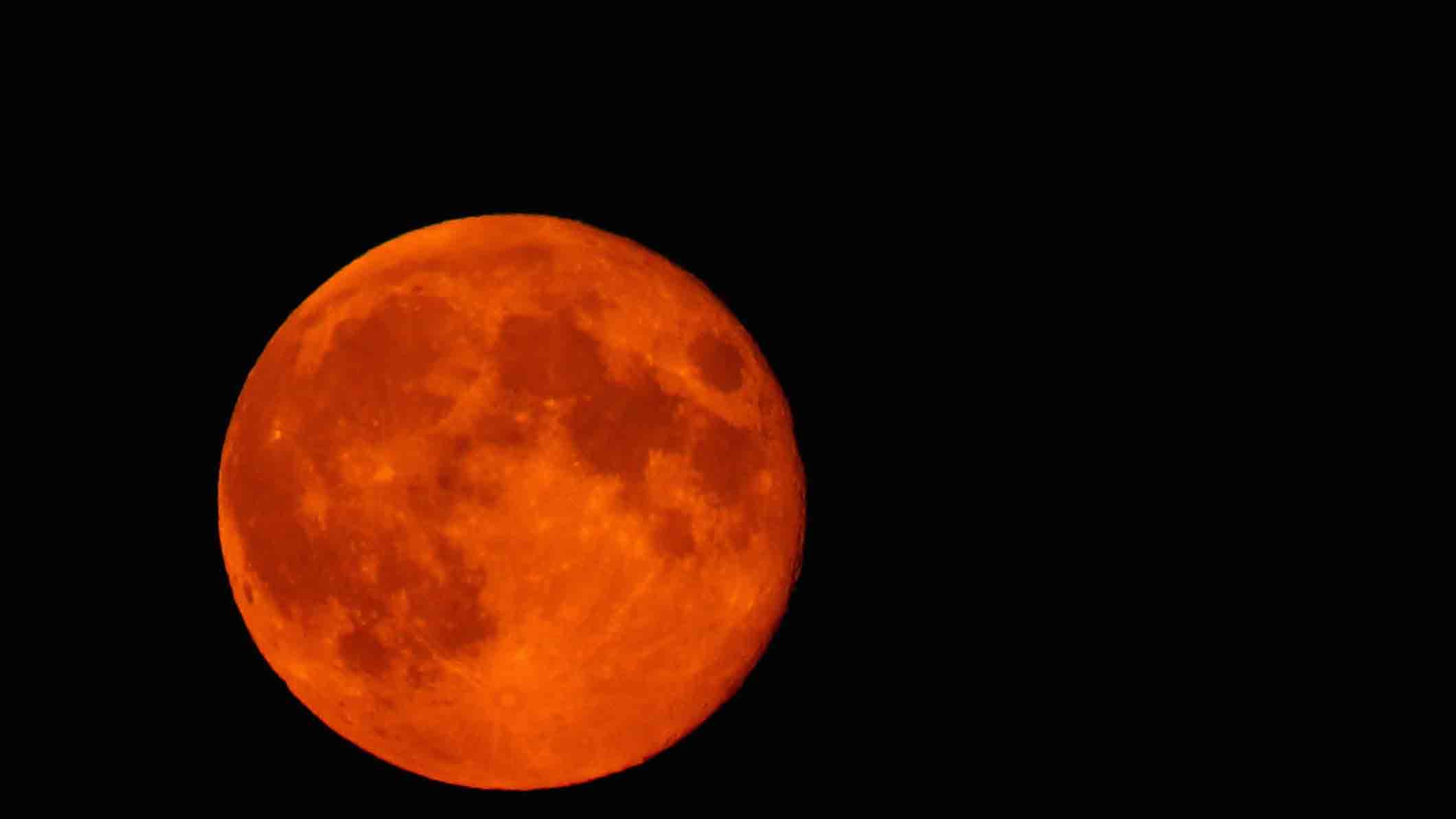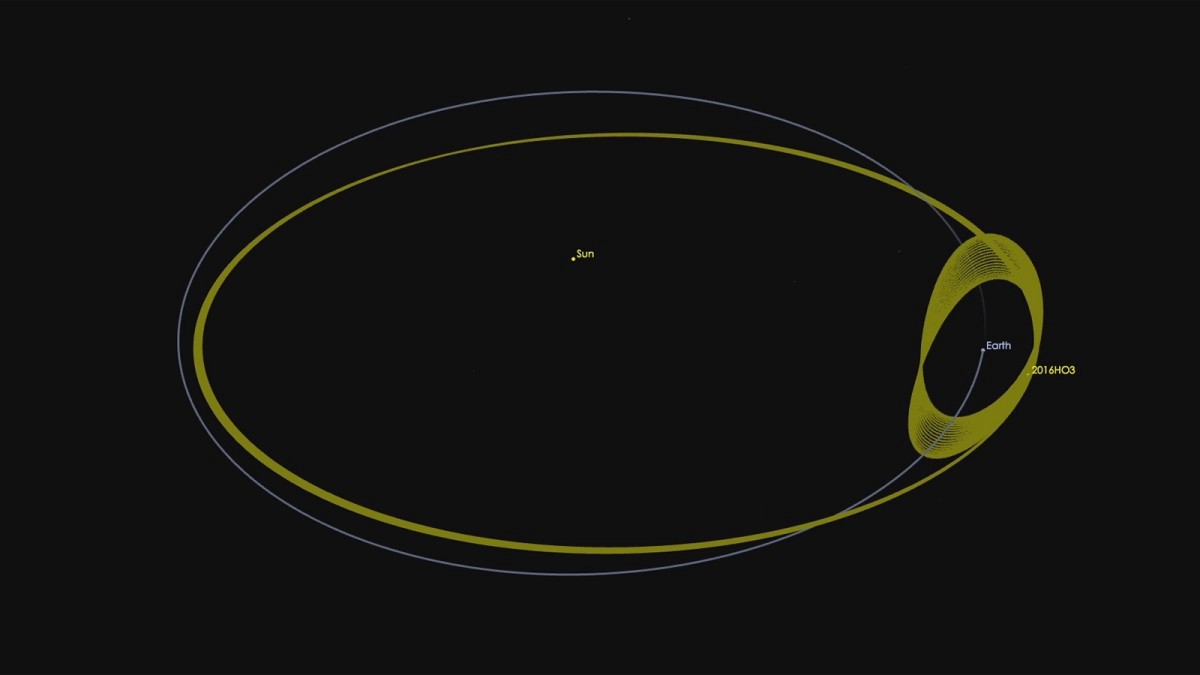The weird plan to hide a “backup copy” of life in lava tubes on the Moon

- The Lunar Ark project wants to build a vault containing the blueprints for all life on Earth.
- They intend to squirrel it away as backup storage, safe from disaster.
- This is futurism gone mad: Life on Earth isn’t a computer to be reset.
Well-meaning futurists often take a simple technological idea, apply it to human life, and then stretch the conclusions to absurd lengths. You’ve probably heard a few of these pie-in-the-sky extrapolations. For several decades, computer chips evolved very rapidly: a technological singularity will end life as we know it in a few years! We’ve managed to synthesize some useful nano-sized things: nanobots will soon rebuild our entire bodies and eliminate illness! Simple tissues can sometimes be frozen and thawed again: cryonics will make death obsolete!
Such is the case with the Lunar Ark, a lunatic idea more at home in science fiction than science fact.
The Lunar Ark project has a simple purpose — at least in the minds of its creators. Humans do bad and scary things. They have wars and build bombs and change the climate. Earth is a delicate place, one inevitable error in human judgment away from being destroyed forever.
Given our precarious situation, we need a backup copy of life so that we can start over again when everything goes south. It’s a dark and strange way of looking at life, which has somehow flourished for billions of years, new species taking over from old, rolling merrily on and on through multiple mass extinctions and regenerations.
The Lunar Ark team’s methods of achieving this goal are similarly strange. They want to extract the DNA, seeds, eggs, spores, and sperm from 6.7 million living species and cryogenically freeze all of it. Maybe they’ll start with only the endangered species. The samples would be stored in floating, rotating cylindrical banks where magnetically levitated robots will place and retrieve them. This frozen life bank will sit, tended by the robots, ready to recolonize Earth with a life backup, or be carried along on some future space colonization mission. Where do you store something where it could possibly be safe from human and natural forces for centuries or more? This is where the Moon comes in.
Lunar lava tubes are underground cavities formed by volcanic processes in our satellite. A similar phenomenon is found beneath the surface of the Hawaiian Islands, which can help us understand the geological processes at work. The surface layer of a lava flow cools and eventually hardens. Underneath, molten magma may continue to flow; if the flow is on a mild incline, the magma can drain out partially or entirely, leaving an empty cavern under a thick, arched rock roof. The cavern may be very stable if it forms with the proper geometry.

On the Moon, a physically stable lava tube could also provide a protective cocoon for its contents. The mass of rock should shield the cavity beneath from cosmic radiation, as well as micrometeoroid strikes. It would moderate the temperature swings of about 300 K (530 degrees Fahrenheit!) between lunar day and night on the surface. These properties have made lunar lava tubes a perennial favorite location for a human lunar base.
They attracted attention from the Lunar Ark project as well. By comparison, any location near the surface of the Earth — with its thick atmosphere, tumultuous weather, constant erosion, active volcanism, and multitude of life forces — is extremely unstable. A lunar tube repository would still be vulnerable to an unlucky meteorite strike, or some future reawakening of lunar volcanism. Perhaps the greatest risk is that all the ills of the human world that the Ark project hopes to escape could also colonize the Moon in coming centuries.
This project exemplifies an ongoing problem with futurism, and technology in general: addressing human affairs and the complex trajectories of natural life as if they were software engineering problems. Partition the problem into logical subunits, address each logical block, and solve it systematically with computer concepts. Any problem that can’t be solved today will be magically overcome tomorrow by explosive growth in technology and become cheap in a decade.
This is just what the Lunar Ark is doing. Worried about corrupting the program of life on Earth and losing lots of biodata? Just back it up to a hard disk so that we can install a fresh copy. What if the backup disk gets corrupted? We can store it in a limited-access, climate-controlled, safe location. How do we restore life from the backup? Just unfreeze it, assume that will work sometimes, and plan for future technology to come along and fix the rest of it. We’ll figure it out later. There’s always a kludge.
Perhaps we use futurism as something of a comfort blanket. Human endeavor, and indeed life itself, are strange and unknowable things. We can’t even slightly predict the future of most complex natural systems. That’s terrifying. Computer and software technologies are logical creatures, understood and bound by absolute and predictable systems of rules. They can give us the comfort of knowable logical certainty that the Universe can’t otherwise provide. Rather than let the chaotic course of life wind its way forward, we hope to trump difficulty through technology, to outsmart chance by logical calculation, and to defeat death with hardware engineering.
It’s a valiant effort, but in vain. The Lunar Ark could no more ensure biodiversity on Earth than an artificial intelligence could end the need for toil, or a nanobot swarm could eliminate physical suffering. Many problems can be overcome by computer technology paradigms, but the chaotic nature of life is not one of them.





